More than 2,000 female volleyball players from across the Northeast spent the holiday weekend in Hartford for the New England Region Volleyball Association’s 2015 Mizuno New England Winterfest Volleyball Tournament, held at the Connecticut Convention Center. The event, which started in Hartford six years ago, has steadily grown in popularity, and will be returning for at least the next two years.
Tournament organizers, the Connecticut Convention & Sports Bureau (CTCSB), and the Connecticut Convention Bureau said the three-day event brought in close to 10,000 visitors over the long weekend including approximately 2,000 players, 250 coaches, 100 officials and volunteer tournament staff, and thousands of family members and fans – and tremendous enthusiasm.
There were 25 volleyball courts arrayed on the Convention Center floor, with 12 matches per court every day, simultaneously, each lasting no more than one hour. Five years ago, the tournament was launched with 18 courts in continuous operation.
“The Mizuno New England Winterfest is designed to showcase female volleyball players – ages 12 to 18 – to college coaches and recruiters from throughout the Northeast,” explains Tournament Chair Alex Temkin. “The Northeast has one of the largest concentrations of Collegiate Division II and Division III schools in the country, and there are many Division I schools here as well.”
“We are excited to welcome back this successful tournament, one that is projected to generate over $3.3 million in revenue for the Greater Hartford region,” said H. Scott Phelps, Interim President of the Connecticut Convention & Sports Bureau (CTCSB), prior to the tournament. Phelps reports an estimated 885 jobs in the hospitality industry will be supported by this tournament, and $270,500 in Connecticut Sales Tax will be generated.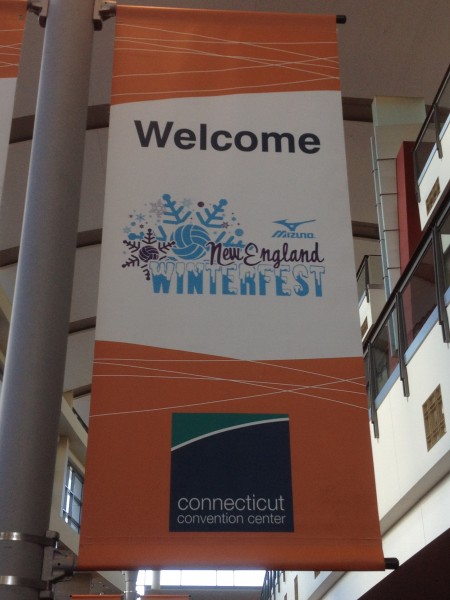
Where's UConn?
”Having more than 800 matches in a single location encourages college recruitment decision-makers to come and scout as many players as possible.” Temkin said. On Friday evening, a College Showcase was held to showcase athletes for college coaches and recruiters, as well as a College Recruiting Seminar for parents of volleyball players.
Approximately 38 colleges had coaches on hand, watching the talent. Surprisingly absent: the University of Connecticut. Among the coaches on hand from local colleges were representatives of University of Hartford, University of Saint Joseph, and Sacred Heart University. By Saturday morning, a number of institutions with volleyball teams still had materials on hand touting their programs, aimed at prospective college applicants. None of the material was from a Connecticut school.
Temkin notes that volleyball teams’ interest in registration for Winterfest was so great this year – 25 percent more than in 2014 – that organizers established a smaller, independent volleyball tournament called the “Husky Sweet 16” to accommodate the additional athletes. That competition was held at a facility in Windsor.
More in May
There’s more volleyball to come later this year at the Connecticut Convention Center. Building on the success of the Winterfest tournament, the New England Region Volleyball Association (NERVA) will bring its first-ever Northeast Junior Championships to Hartford over Memorial Day weekend.
The tournament, featuring junior girls and boys teams from throughout the Northeast, is expected to bring nearly 200 teams, more than 2,000 players, 400 coaches, 75 officials and volunteer tournament staff, and 3,500 family members and fans downtown, from Friday, May 22 through Monday, May 25, 2015. 
NERVA has committed to holding the event at the venue for the next three years, through at least 2017, with over 3,000 overnight rooms and 1,100 rooms anticipated for the new annual event.
“We have always valued our partnership with the Connecticut Convention Center and the Connecticut Convention and Sports Bureau,” states David Peixoto, NERVA Commissioner. “Our partnership has grown to develop Winterfest as the premier volleyball tournament in the Northeast. We look forward to making the Northeast Junior Championship just as successful.”
The new four-day event does not require teams to qualify to participate. While it will serve as a season-ending tournament for some, the event will allow for additional preparation to teams continuing on to nationals. Participants are 12-18 years old, as NERVA follows USA Volleyball age guidelines.
“Downtown Hartford is a great location for our sports event and the city and region really make our players and fans feel welcome,” added Temkin. “Restaurants extend their hours and customize the menus, the Dash shuttle bus that circulates Downtown adds hours of operation, and everyone does their best to accommodate our group.”
The New England Region is one of many Regions in the United States that aid in the governing of the sport of volleyball. Regional Volleyball Associations (RVAs) are member organizations of USA Volleyball (USAV). The RVAs serve as the grassroots function for the USAV and individually and collectively serve as a catalyst for USAV functions.
Volleyball footnote: While many know that the sport of basketball was invented in Springfield, MA; fewer are aware that volleyball was also invented in nearby Massachusetts, in Holyoke. That’s where the National Volleyball Hall of Fame is located.


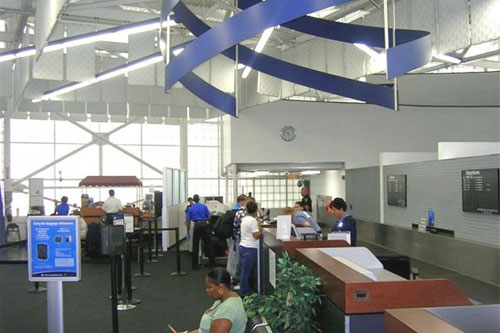


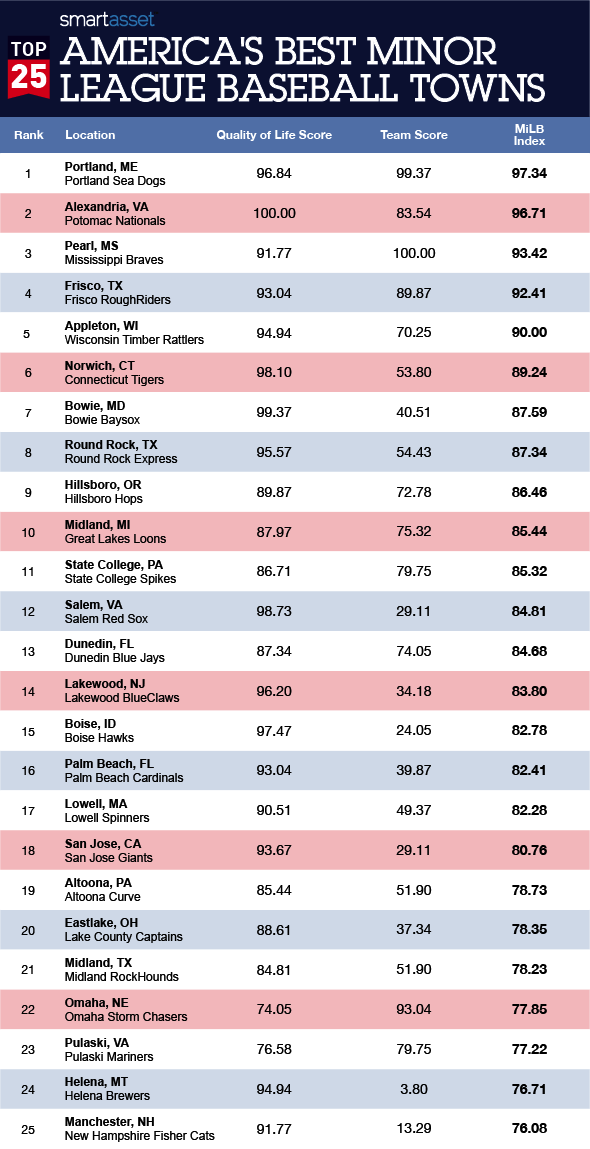
 pot in the postseason for the first time in their five year franchise history. The franchise plays home games at Dodd Stadium in Norwich. The facility celebrated its 20th year in 2014.
pot in the postseason for the first time in their five year franchise history. The franchise plays home games at Dodd Stadium in Norwich. The facility celebrated its 20th year in 2014. ent.
ent. Artists conception of planned baseball stadium in Hartford.
Artists conception of planned baseball stadium in Hartford.
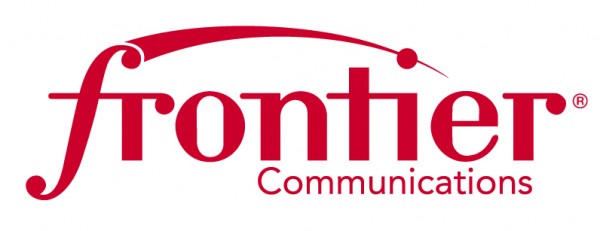
 Denise Morrison, the subject of the lead business story in the February 2, 2015 issue of
Denise Morrison, the subject of the lead business story in the February 2, 2015 issue of 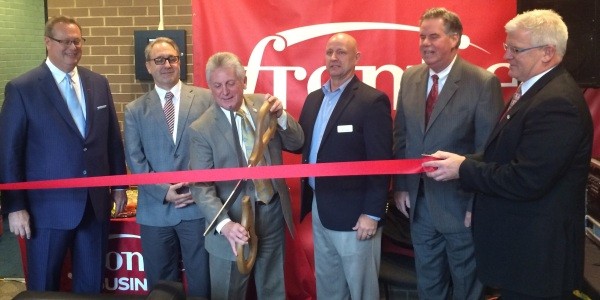
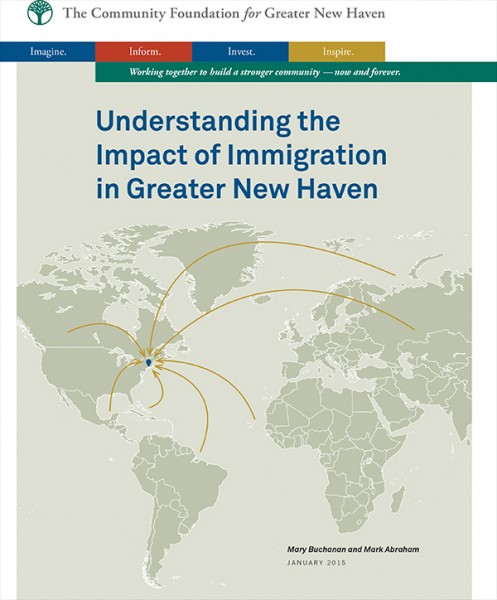
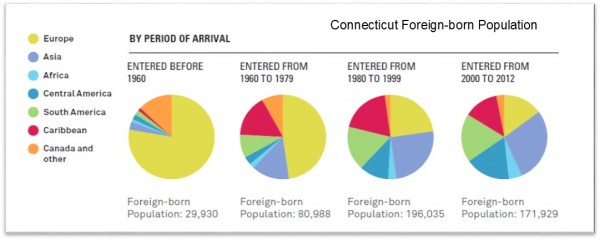
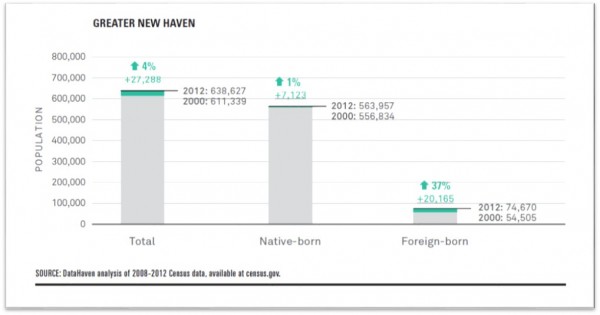 In New Haven’s neighborhoods in particular, the boost in immigrants has revitalized communities and spurred new businesses. From 1970 to 1990, the foreign-born population in most New Haven neighborhoods remained flat or declined, and these neighborhoods suffered from overall population decline—similar to other central city neighborhoods in post-industrial cities. Since 1990, the report found, the foreign-born population in many city neighborhoods has rebounded sharply, particularly in areas such as Edgewood, West River, Fair Haven, and the Hill. These areas have seen a large influx of population and business overall.
In New Haven’s neighborhoods in particular, the boost in immigrants has revitalized communities and spurred new businesses. From 1970 to 1990, the foreign-born population in most New Haven neighborhoods remained flat or declined, and these neighborhoods suffered from overall population decline—similar to other central city neighborhoods in post-industrial cities. Since 1990, the report found, the foreign-born population in many city neighborhoods has rebounded sharply, particularly in areas such as Edgewood, West River, Fair Haven, and the Hill. These areas have seen a large influx of population and business overall.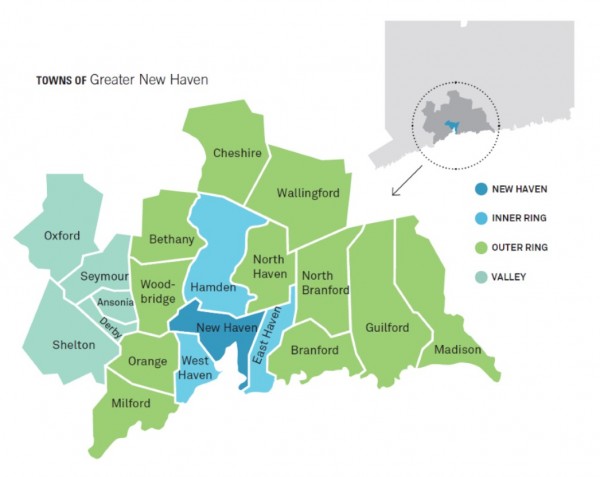
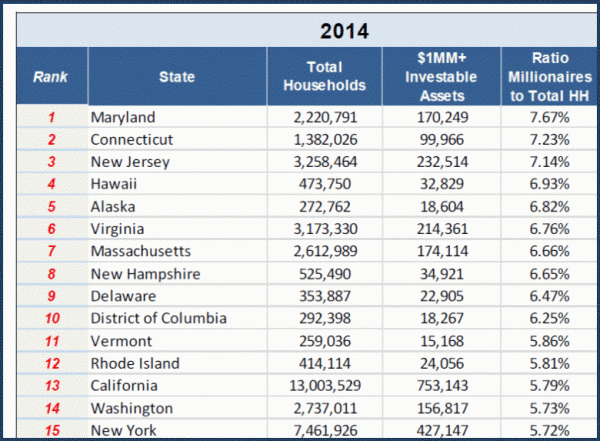

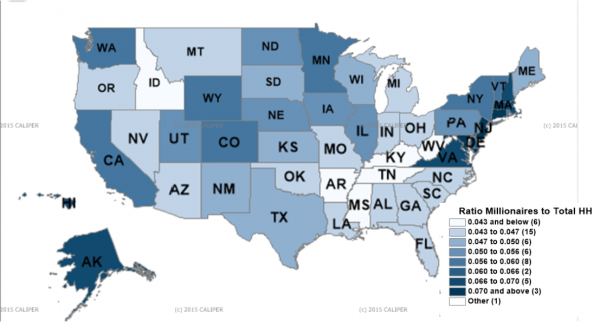




 The Mayors will engage with Administration officials, Congressional leaders business leaders to “ensure the health and economic recovery of America’s cities,” according to program organizers. Vice President Joe Biden is scheduled to address the Mayors on Thursday.
The Mayors will engage with Administration officials, Congressional leaders business leaders to “ensure the health and economic recovery of America’s cities,” according to program organizers. Vice President Joe Biden is scheduled to address the Mayors on Thursday. ttending from Connecticut are Bridgeport Mayor Bill Finch, Bristol Mayor Ken Cockayne, Danbury Mayor Mark Boughton, East Hartford Mayor Marcia Leclerc, Hartford Mayor Pedro Segarra, New Britain Mayor Erin Stewart, New Haven Mayor Toni Harp, Norwich Mayor Deberey Hinchey, Shelton Mayor Mark Lauretti, Stamford Mayor David Martin, Stratford Mayor John Harkins, Trumbull First Selectman Timothy Herbst and Waterbury Mayor Neil O’Leary.
ttending from Connecticut are Bridgeport Mayor Bill Finch, Bristol Mayor Ken Cockayne, Danbury Mayor Mark Boughton, East Hartford Mayor Marcia Leclerc, Hartford Mayor Pedro Segarra, New Britain Mayor Erin Stewart, New Haven Mayor Toni Harp, Norwich Mayor Deberey Hinchey, Shelton Mayor Mark Lauretti, Stamford Mayor David Martin, Stratford Mayor John Harkins, Trumbull First Selectman Timothy Herbst and Waterbury Mayor Neil O’Leary.
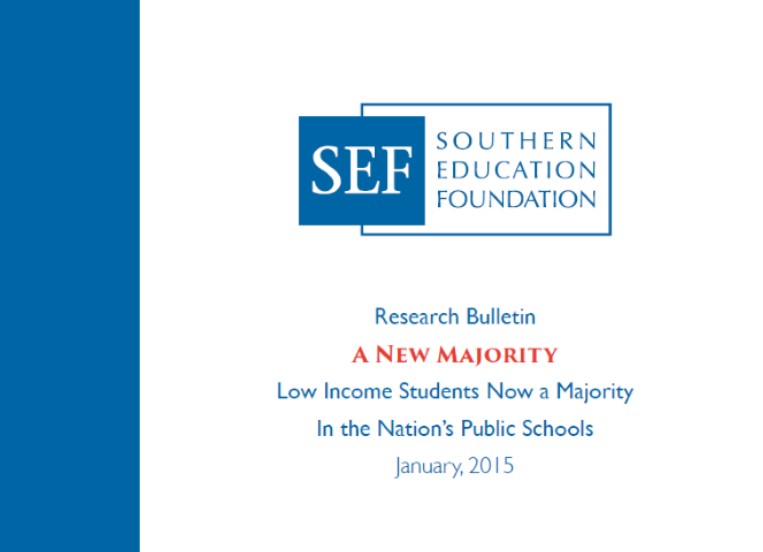
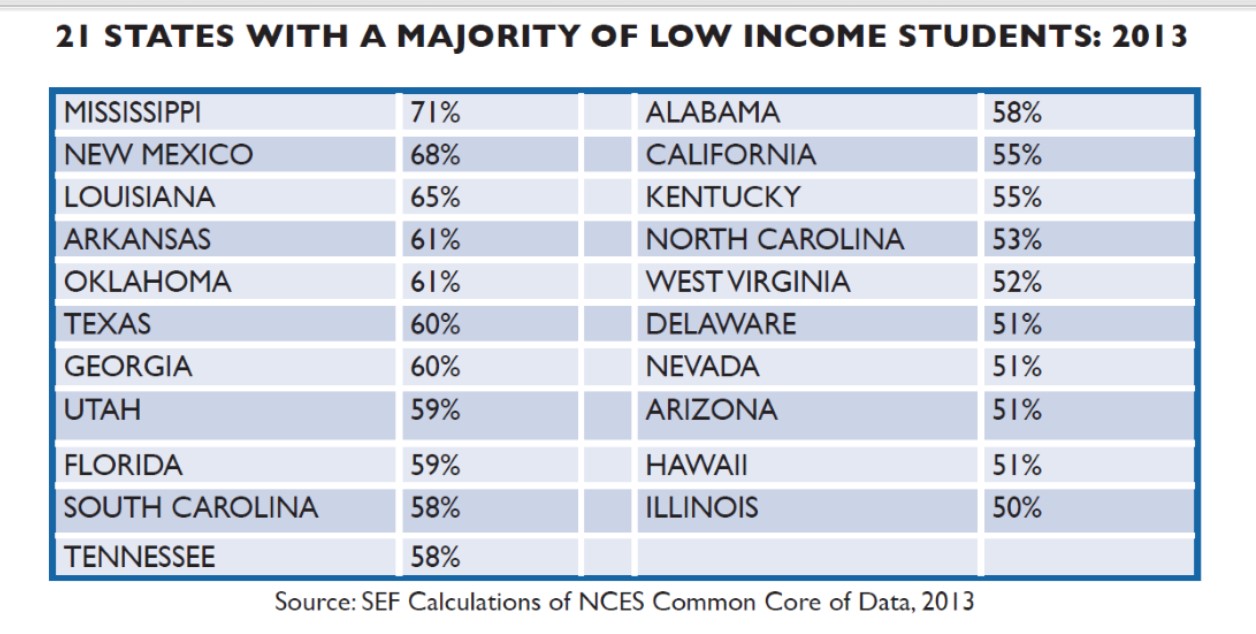 hat “The trends of the last decade strongly suggest that little or nothing will change for the better if schools and communities continue to postpone addressing the primary question of education in America today: what does it take and what will be done to provide low income students with a good chance to succeed in public schools? It is a question of how, not where, to improve the education of a new majority of students.”
hat “The trends of the last decade strongly suggest that little or nothing will change for the better if schools and communities continue to postpone addressing the primary question of education in America today: what does it take and what will be done to provide low income students with a good chance to succeed in public schools? It is a question of how, not where, to improve the education of a new majority of students.”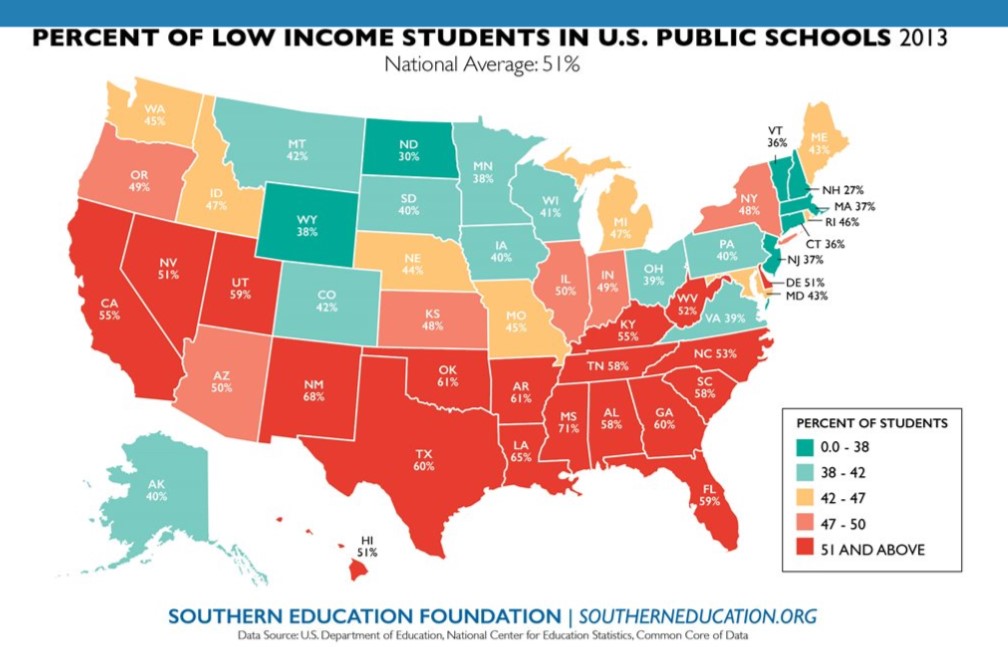
 Issued by the Small Business & Entrepreneurship Council, the index ranks the 50 states according to 42 different policy measures, including a wide array of tax, regulatory and government spending measurements. The index, which has been published annually for 19 years, continues to point to South Dakota as the most entrepreneurial-friendly state in the U.S., benefiting most from the lack of individual income tax, capital gains tax, corporate income tax and inheritance tax.
Issued by the Small Business & Entrepreneurship Council, the index ranks the 50 states according to 42 different policy measures, including a wide array of tax, regulatory and government spending measurements. The index, which has been published annually for 19 years, continues to point to South Dakota as the most entrepreneurial-friendly state in the U.S., benefiting most from the lack of individual income tax, capital gains tax, corporate income tax and inheritance tax.




























